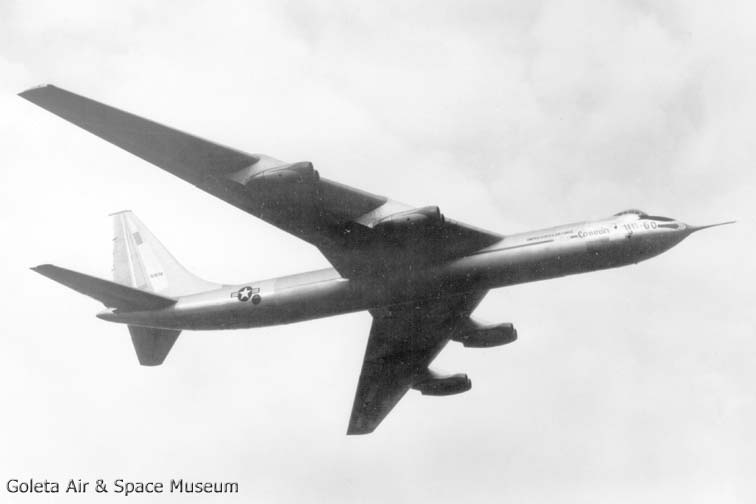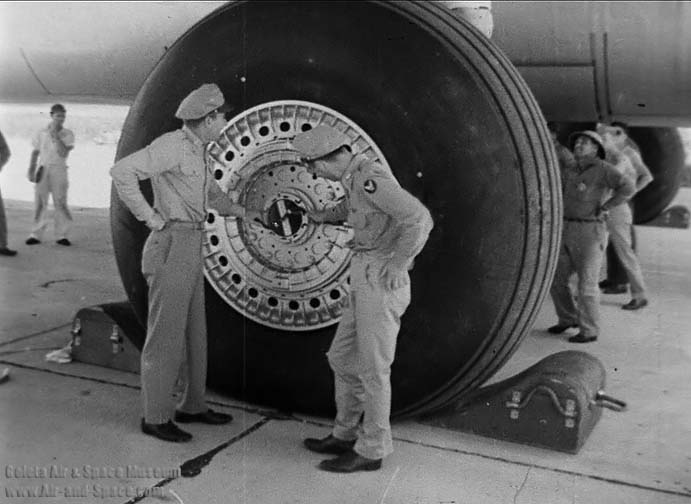Kelpiecross, on Sep 29 2011, 05:03, said:
If the RAF had something like a Griffon Spitfire ready for the BoB it is highly likely that Adolf would have been aware of it and would have delayed the start of WW2 until he had something similar.
I really don't think you can speculate on history like you do.
I sometimes think that if America had not become independent of England (and had remained associated in a Commonwealth arrangement like Oz et al.) that probably WW1 and WW2 and maybe even the Civil War would not have happened.
But - who knows? - it may have started a new "timeline" where different (and possibly, far worse) wars occurred. And the same may have happened with Grffon Spits etc. and WW2 - delaying the war may have allowed Adolf to have a atom bomb available.
You have probably seen enough Star Trek to know that it doesn't pay to interfere with timelines.
As you'll see I sometimes think that the movies have got it right.
2.22-2.44
But I think Hitler and Goering probably already had an idea of what they were (would/should) have been up against from seeing what Mitchell and Rolls managed to do to the opposition 10 years earlier during the Schneider competition.The only surprise they probably got was wondering how it was that the Luftwaffe only found itself faced with a force made up of Hurricanes when they invaded France and that's probably why they got a bit of a shock a bit later during the evacuation of Dinkirk and in the Battle of Britain.It's just that by my timeline they would have got a bit more than they bargained for when they went for France at the beginning considering how much better the Mk XIV Spit was than the Schneider winners.
I think that any suggestion,that Mitchell and Rolls and all of their respective design teams wouldn't/couldn't have come up with the design of the Mk XIV,at the beginning,if it was a plane with that type of performance that had been ordered and specced by those doing the ordering from the start,is an insult to their intelligence.However there's no evidence which would show that the invasion of Poland and then France would have been 'delayed' by Hitler on the basis of the possible strength or otherwise of the RAF.Such a change in the balance of power within the repective air forces probably wouldn't have made any difference to Germany's ability to develop nuclear weapons either.
Edited by Vanishing Point, 29 September 2011 - 12:44.


























